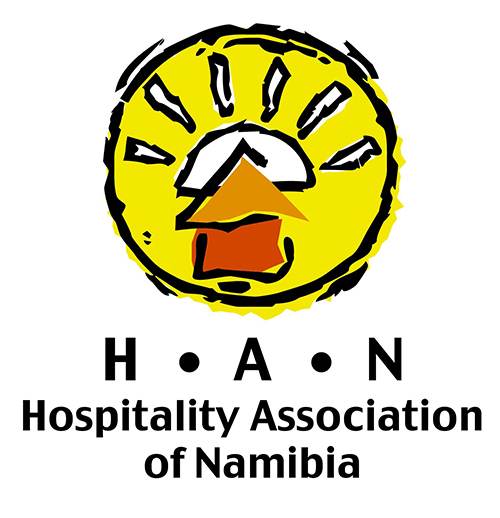Tourism accommodation continued downward trend
For calendar year 2018, the 120 accommodation establishments that contribute to the Hospitality Association of Namibia’s (HAN) annual industry statistics, registered a decline of 116,676 bednights sold, compared to 2017.
Although the number of HAN members who furnish their in-house statistics grew from 108 to 120, the number of bednights declined from 1.83 million to 1.74 million. 2018 also turned out to be substantially below the bednight average per establishment of 16,000, at just over 14,500.
Releasing its tourist statistics this week, HAN said the overall occupancy rate for 2018 stood at just over 53%, down 4% from 2017 and more than 6% from 2016.
“The revelation that only just over half the regulated commercial rooms on offer in Namibia were occupied during 2018 is reason for concern,” stated the HAN Chief Executive, Ms Gitta Paetzold adding that its members have reported current bookings for 2019 to confirm the trend.
HAN represents over 300 accommodation establishments who are members of the association. 120 of these contributed to the statistics for 2018. Visitor statistics are also collected by the Namibia Tourism Board from the more than 1300 registered establishments in their database.
“HAN has been informed by various sources that while Namibia still seems to rank high in terms of the ratings of best destinations to travel to in 2019, this does not seem to convert into sales, and requests and actual forward bookings for the coming year seem noticeably down, especially with the bigger operators who are responsible for the bulk number of bona fide tourists,” stated the association.
Last year the trend in the first semester was substantially below the same period the previous year. First half booking were then also down between 8% and 9% but the second semester made up for the lag, eventually averaging out at the 4% overall decline.
Naming some of the contributing factors, the association said “Individual and smaller operators seem to enjoy a good flow of incoming requests still but in general there is concern that the booking process for Namibia has become a stumbling block with a number of foreign agents terming Namibia “too difficult to book”, and choosing other destinations in Africa.
Total adspend on tourism promotion is another sore point which the association sees as one of the reasons why tourist numbers to southern Africa are falling while East and central African countries share in the 6% continental growth.
A serious impediment is the cost of travel from Europe to Namibia which has increased from around Euro700 in the 2017 high season, to the current Euro1200. “This increase effectively adds an extra daily cost of over N$1000 per guest for a 12 to 14 day trip,” according to HAN.
Noting that digital informal booking channels are disrupting the status quo, the association fingered AirBnB as another reason why the numbers are shrinking.
Paetzold stated that already more than 500 Namibian properties are listed on AirBnB, the bulk of which is not registered with the Tourism Board as required by law.
“While HAN accepts this phenomenon to be a world trend to be accommodated as a new trend in our industry, it is worrying that most of the properties listed on that platform are still not formally registered as per legal requirements here in Namibia, and thus do not pay general taxes, nor tourism levies, hence presenting unfair competition, while not contributing to the overall tourism promotion activities, nor the national tax base that would allow for general infrastructure development,” it noted.
“We all share the aim to grow tourism to Namibia. It is time to review our ways, revisit our policies and partners, and refresh our product offerings, to ensure that in 2019 and beyond, Namibia not only remains the “most desirable tourism destination”, but becomes the destination most travelled to by those tourists who have appreciation for our country’s pristine environment, its wildlife, its cultural diversity and the endless hidden gems and opportunities,” she concluded.
“What is urgently needed, is a concerted effort by other stakeholders in tourism, apart from the formal, registered accommodation industry, namely car rental, tour operations, airlines and other service providers, to provide statistics, to be able to determine where the shift in business is moving to, as the number of arrivals and departures at Namibian entry points is steadily increasing, as per the Ministry of Environment and Tourism report,” said the HAN Chief Executive.
